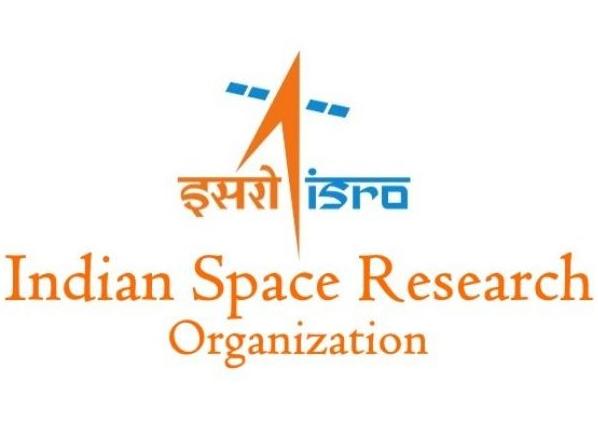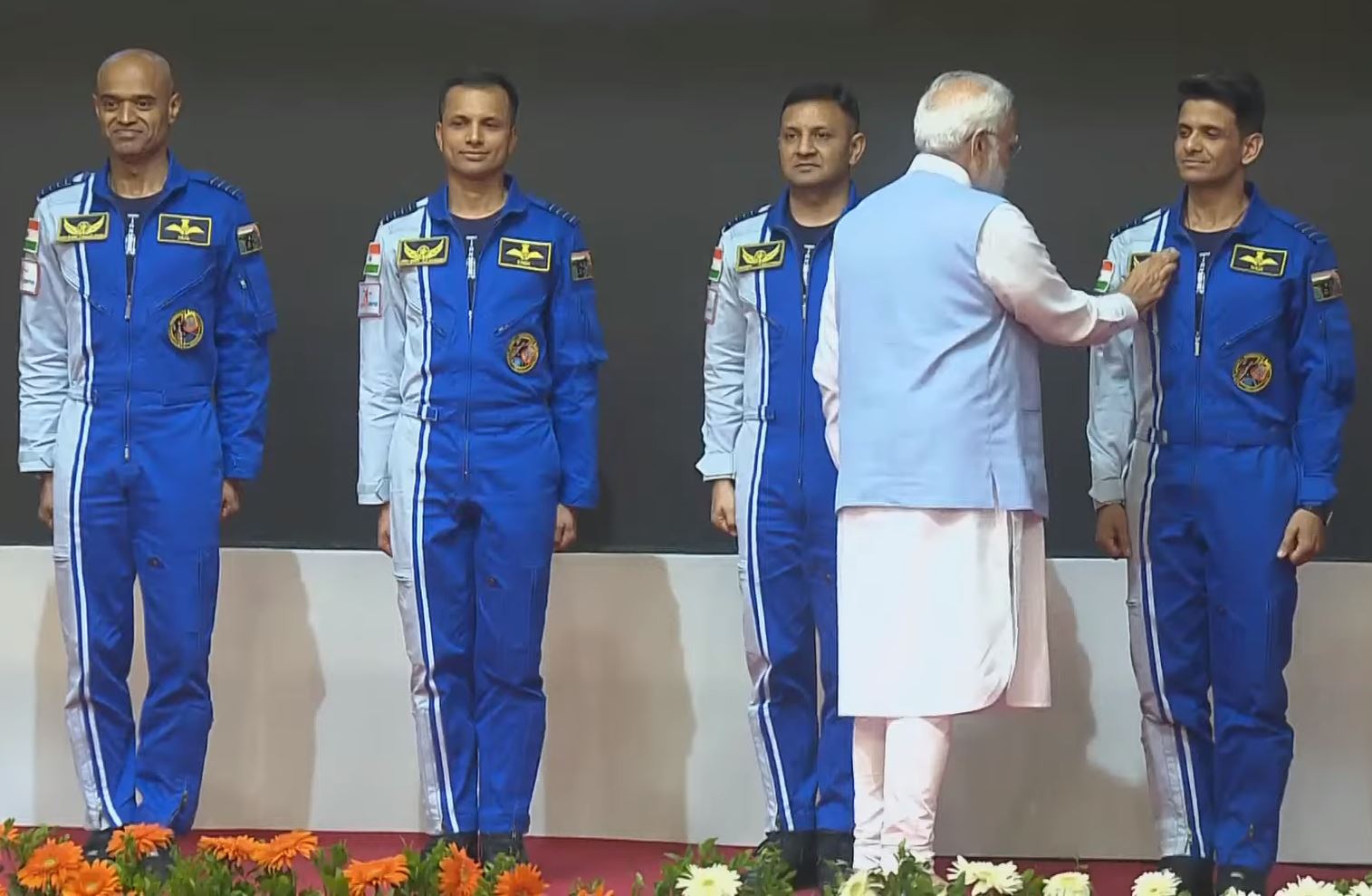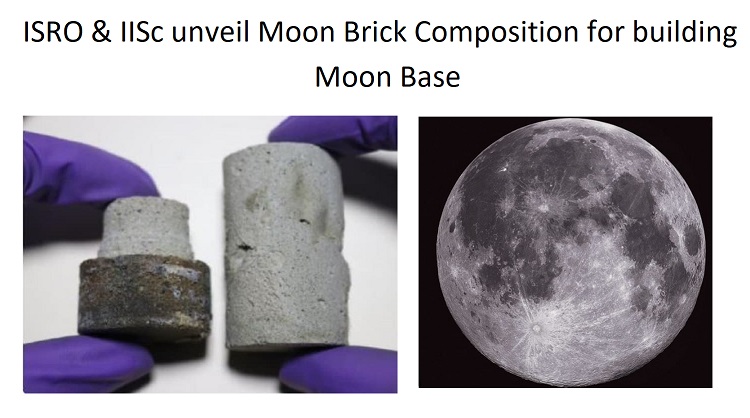Updated By: LatestGKGS Desk
ISRO Remote Sensing Satellites Features, Characteristics, History

ISRO Remote Sensing Satellites Features, Characteristics, Technical specifications, History
There are several characteristics that describe any satellite remote sensing systems. Satellite's orbit (including its altitude, period, inclination and the equatorial crossing time), repeat cycle, spatial resolution, spectral characteristics, radiometric properties are a few of them.
The important remote sensing satellites that operate in the optical region of the electromagnetic spectrum.
This includes ultra-violet (UV), visible,near-infrared (NIR), middle-infrared (MIR), and thermal infrared wavelength ranging approximately 3-14 μm.
This lecture gives details of the satellites of the Lansat, SPOT and IRS programs, and some of the very high-resolution satellites such as IKONOS and QuickBird.
Landsat is the longest running program for acquiring satellite imageries of the Earth. The first satellite in the series, Landsat-1 was launched in July 1972.
It was a collaborative effort of NASA and the US Department of the Interior. The program was earlier called Earth. Resources Technology Satellites (ERTSs) and was later on renamed as Landsat in 1975. The mission consists of 8 satellites launched successively.
The recent one in the series Landsat-8, which is also called Landsat Data Continuity Mission (LDCM) was launched in February 2013.
The first satellite of the mission, SPOT-1 was launched in February 1986. This was the first earth observation satellite that used a linear array of sensors and the push broom scanning techniques.


